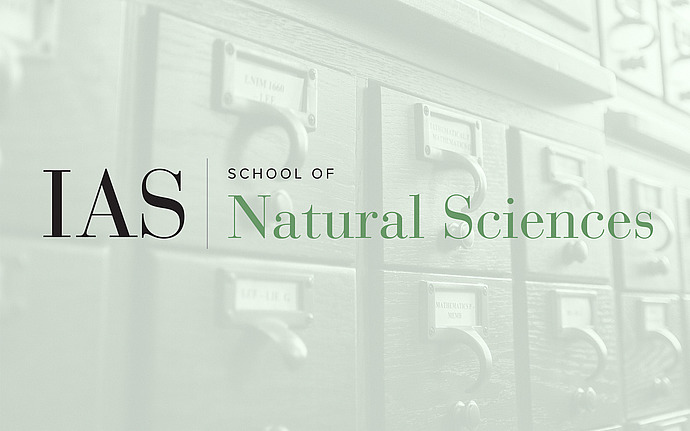
Institute for Advanced Study/Princeton University Joint Astrophysics Colloquium
Constraining Cosmic Reionization with Hubble, James Webb, and WFIRST
Understanding cosmic reionization requires the identification and characterization of early sources of hydrogen-ionizing photons. Through a series of intense observational campaigns with Wide Field Camera 3 (WFC3) aboard Hubble Space Telescope (HST) we have now systematically explored the galaxy population deep into the era when cosmic microwave background (CMB) data indicate reionization was underway. High-redshift observations with HST WFC3/IR including UDF12, CANDELS, and the Frontier Fields provide the best constraints to date on the abundance, luminosity distribution, and spectral properties of early star-forming galaxies. HST WFC3/UVIS programs including LACES probe the hydrogen-ionizing photon escape fraction directly by imaging distant galaxies in the Lyman continuum. We synthesize results from these HST campaigns and the most recent constraints from Planck CMB observations to infer redshift-dependent ultraviolet luminosity densities, reionization histories, and the electron scattering optical depth evolution consistent with the available data. We will then preview how James Webb Space Telescope and eventually WFIRST will provide a new window into the reionization epoch and teach us about the physics of galaxy formation in the early universe.
Date & Time
March 26, 2019 | 11:00am – 12:00pm
Location
Princeton University, Peyton Hall, Auditorium, Room 145Speakers
Affiliation
University of California, Santa Cruz & Institute for Advanced Study
Event Series
Categories
Notes
Coffee and refreshments are available from 10:15 am in Peyton Hall Common Room.